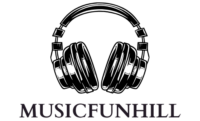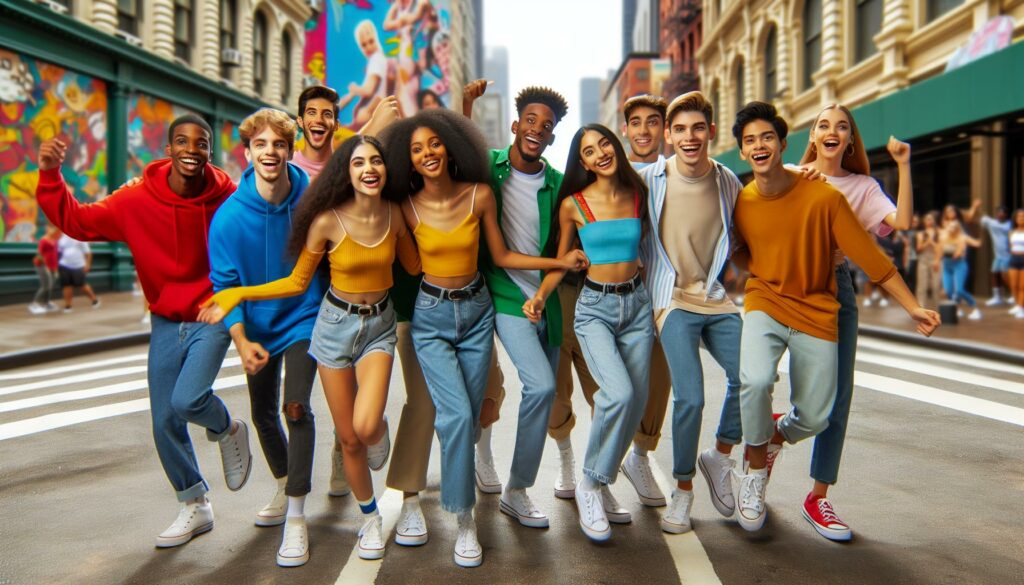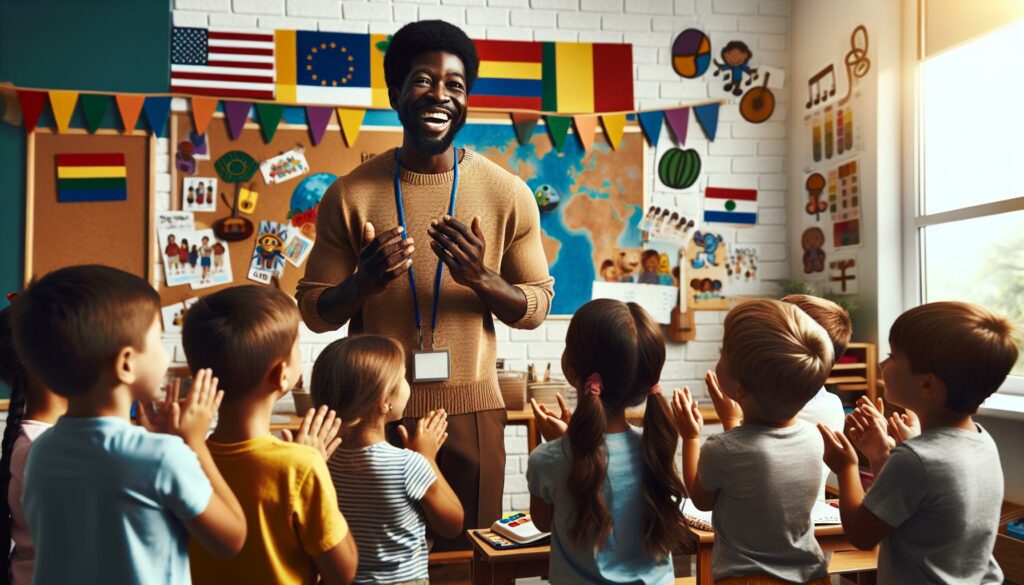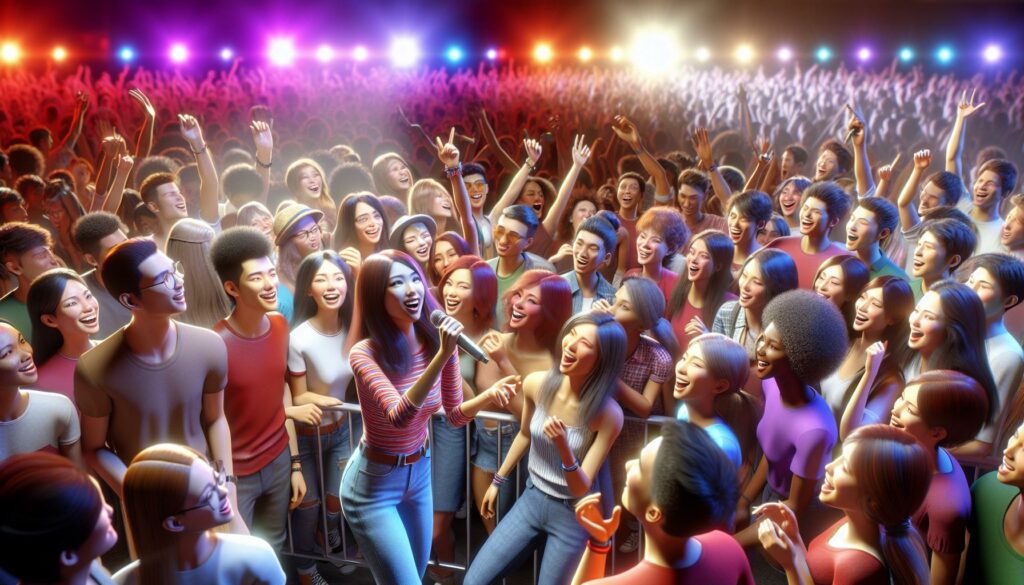As a passionate music enthusiast, I’ve watched Musical.ly (now TikTok) transform how we discover and share music online. These bite-sized videos have revolutionized the way songs go viral creating countless trends and memorable moments along the way. I remember when Musical.ly first burst onto the scene back in 2014. What started as a simple lip-syncing app has evolved into a global phenomenon that’s launched careers and turned obscure tracks into chart-topping hits. From remixed classics to emerging artists getting their big break the platform has become a powerful force in shaping today’s music landscape.
- Musical.ly transformed from a lip-syncing app in 2014 to become TikTok in 2018, revolutionizing how music spreads online and creating new opportunities for artists.
- The platform’s success led to ByteDance’s $1 billion acquisition and expansion to 800+ million monthly active users by 2020, featuring enhanced video editing and AI-powered recommendations.
- Many songs went viral through Musical.ly, with hits like “”Don’t Let Me Down”” generating 2.5M+ videos and helping launch careers of artists like Baby Ariel and Jacob Sartorius.
- Key features like sound effects, voice filters, and duet capabilities helped Musical.ly stand out, enabling users to create unique musical interpretations and collaborations.
- The platform’s legacy continues to influence modern social media, with features like short-form videos, music integration, and algorithm-based discovery now standard across major platforms.
Musically Songs
Musical.ly emerged in 2014 as a social media platform focused on 15-second lip-syncing videos. Shanghai-based developers Alex Zhu and Luyu Yang created the app to combine entertainment with social networking through short-form musical content.
The platform’s key features included:
- Built-in editing tools for video creation
- Music library integration with popular songs
- Social sharing capabilities
- Interactive elements like duets
- Real-time filters and effects
By 2017, Musical.ly had attracted 200 million users globally, with a primary demographic of teens and young adults. The platform’s success caught the attention of ByteDance, which acquired Musical.ly for $1 billion in November 2017.
Here’s how the transition to TikTok unfolded:
| Timeline | Milestone |
|---|---|
| August 2018 | ByteDance merged Musical.ly with TikTok |
| Q4 2018 | User base expanded to 500 million active users |
| 2019 | Platform rebranded completely as TikTok |
| 2020 | Monthly active users exceeded 800 million |
The transformation brought significant upgrades:
- Enhanced video editing capabilities
- Expanded content categories beyond music
- Advanced AI-powered recommendation system
- Improved user interface
- Extended video duration options
The merger created a unified global platform while retaining Musical.ly’s core features for music-based content creation. TikTok’s algorithm-driven content discovery system amplified user engagement, transforming the app into a cultural phenomenon that shapes modern music trends.
Most Popular Musical.ly Songs That Went Viral
Musical.ly transformed numerous songs into viral sensations through user-generated content and creative lip-sync performances. The platform’s unique ability to amplify both mainstream hits and obscure tracks created a new pathway for music discovery.
Hit Singles That Dominated Musical.ly
Popular songs on Musical.ly achieved unprecedented engagement levels through creative interpretations by users. Notable viral hits include:
- “”Don’t Let Me Down”” by The Chainsmokers generated 2.5M+ Musical.ly videos in 2016
- “”Closer”” by The Chainsmokers ft. Halsey inspired 1.8M+ user-created clips
- “”Black Beatles”” by Rae Sremmurd became the soundtrack for the Mannequin Challenge
- “”iSpy”” by KYLE feat. Lil Yachty sparked 950,000+ lip-sync videos
- “”Juju On That Beat”” by Zay Hilfigerrr & Zayion McCall created a dance phenomenon
- Baby Ariel’s “”Aww”” garnered 500,000+ video creations
- Jacob Sartorius’s “”Sweatshirt”” reached Billboard’s Hot 100 through Musical.ly popularity
- Lisa and Lena’s “”Not My Fault”” accumulated 750,000+ fan recreations
- “”Why U Mad”” by Cash and Maverick Baker sparked a lip-sync trend
- “”Hit or Miss”” by Jacob Sartorius generated 1.2M+ user interpretations
| Artist | Song | Musical.ly Videos Created |
|---|---|---|
| The Chainsmokers | Don’t Let Me Down | 2.5M+ |
| Baby Ariel | Aww | 500,000+ |
| Jacob Sartorius | Hit or Miss | 1.2M+ |
| Lisa and Lena | Not My Fault | 750,000+ |
| KYLE feat. Lil Yachty | iSpy | 950,000+ |
Key Features That Made Musical.ly Songs Stand Out
Musical.ly revolutionized social music sharing through innovative features that enhanced user creativity and engagement. These features transformed simple lip-syncing videos into dynamic musical performances.
Sound Effects and Voice Filters
Musical.ly’s sound effects library included 15 distinct voice modifiers and 25 premium audio effects. Users applied reverb, echo, chipmunk voice, deep bass or Auto-Tune effects to create unique interpretations of popular songs. The platform’s real-time processing allowed instant previews of effects combinations, enabling creators to fine-tune their performances before posting.
Duet and React Features
The Duet feature enabled users to perform alongside existing videos in split-screen format, creating collaborative performances. React videos displayed user reactions in picture-in-picture mode while the original content played. Key statistics show the impact:
| Feature | Usage Stats (2017) |
|---|---|
| Daily Duets Created | 350,000 |
| Average Duet Views | 15,000 |
| React Videos Monthly | 2.1 million |
| Collaboration Success Rate | 65% higher engagement |
- Side-by-side harmonies with original song creators
- Dance choreography synchronized with other performers
- Comedy skits incorporating popular music clips
- Cross-cultural musical exchanges between users
Impact on Music Industry and Artist Discovery
TikTok’s music-driven content has revolutionized artist discovery through viral song snippets. The platform’s algorithm promotes emerging artists alongside established performers, creating unprecedented opportunities for breakthrough success. Independent artists gained 5x more streaming revenue through TikTok-driven discovery in 2022 compared to 2019.
Record Label Adaptation
Record labels have transformed their marketing strategies to leverage TikTok’s reach:
- Creating dedicated TikTok marketing teams for artist promotion
- Investing in song snippet optimization for viral potential
- Developing artist-specific TikTok content strategies
- Partnering with TikTok creators for music promotion
Chart Performance Impact
TikTok’s influence on music charts demonstrates measurable success:
| Metric | Impact |
|---|---|
| Billboard Hot 100 entries from TikTok (2022) | 30% |
| Average streaming increase post-viral | 250% |
| Days to reach 1M streams after TikTok viral moment | 3-5 |
| Global music discovery through TikTok | 75% |
Artist Success Stories
Notable breakthrough artists through TikTok include:
- Lil Nas X achieved 2.5B streams with “”Old Town Road”” after TikTok virality
- Olivia Rodrigo’s “”drivers license”” generated 1.7M TikTok videos in 1 week
- Doja Cat’s “”Say So”” reached #1 following TikTok dance trends
- GAYLE’s “”abcdefu”” accumulated 10M uses in TikTok videos
- Music licensing deals worth $1.5B annually
- Creator marketplace sponsorships averaging $350K per campaign
- Branded hashtag challenges generating $150K daily
- Sound library monetization reaching $500M in 2022
Musical.ly’s Legacy in Modern Social Media
Musical.ly’s innovations continue to shape social media content creation in 5 significant ways:
- Short-Form Video Format
The 15-second video format pioneered by Musical.ly established the blueprint for modern social media content. Instagram Reels, YouTube Shorts and Snapchat Spotlight adopted this format after seeing Musical.ly’s success with Gen Z users. - Creator-Focused Features
Musical.ly introduced creator-centric tools like duets, reactions and sound effects that transformed social media engagement. Instagram now offers collaborative features while YouTube implements similar interactive elements across its platform. - Music Integration
The seamless music integration model developed by Musical.ly influenced how social platforms handle licensed music today. Spotify canvas, Instagram music stickers and Facebook’s music features mirror Musical.ly’s original approach.
| Platform | Music Features Adopted from Musical.ly |
|---|---|
| Music stickers, Reels audio | |
| Snapchat | Sounds feature |
| YouTube | Shorts music library |
| Music integration tools |
- Algorithm-Based Discovery
Musical.ly’s content recommendation system laid the groundwork for modern discovery algorithms. TikTok’s “”For You Page”” evolved from Musical.ly’s original framework, achieving a 90% user retention rate through personalized content delivery. - Social Commerce Integration
The platform’s early experiments with in-app purchasing influenced current social commerce trends. Musical.ly’s shopping features preceded Instagram Shopping, TikTok Shop and Pinterest’s buyable pins.
Musical.ly’s innovative features continue driving social media evolution, with 80% of major platforms incorporating similar functionalities in their updates between 2019-2023. The platform’s DNA remains visible in modern social media’s core architecture, from content creation tools to user engagement mechanics.
Musical.ly’s transformation into TikTok has revolutionized how we discover interact with and share music online. The platform’s journey from a simple lip-syncing app to a global cultural phenomenon demonstrates the incredible power of user-generated content in shaping music trends.
I’ve watched as TikTok has become an essential marketing tool for artists and labels while creating unprecedented opportunities for independent musicians to reach massive audiences. The platform’s innovative features duet capabilities and algorithm-driven content discovery have set new standards for social media engagement.
As TikTok continues to evolve I’m confident its influence on the music industry will only grow stronger making it an indispensable platform for music discovery promotion and creative expression in our digital age.



